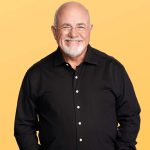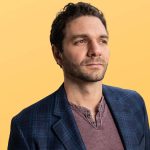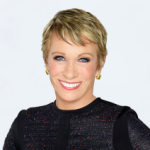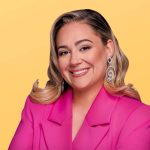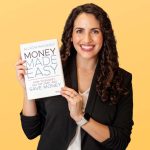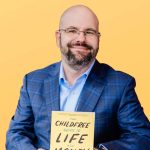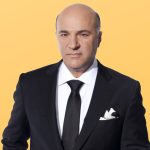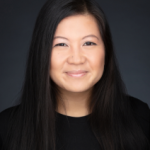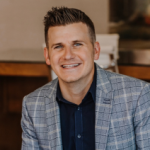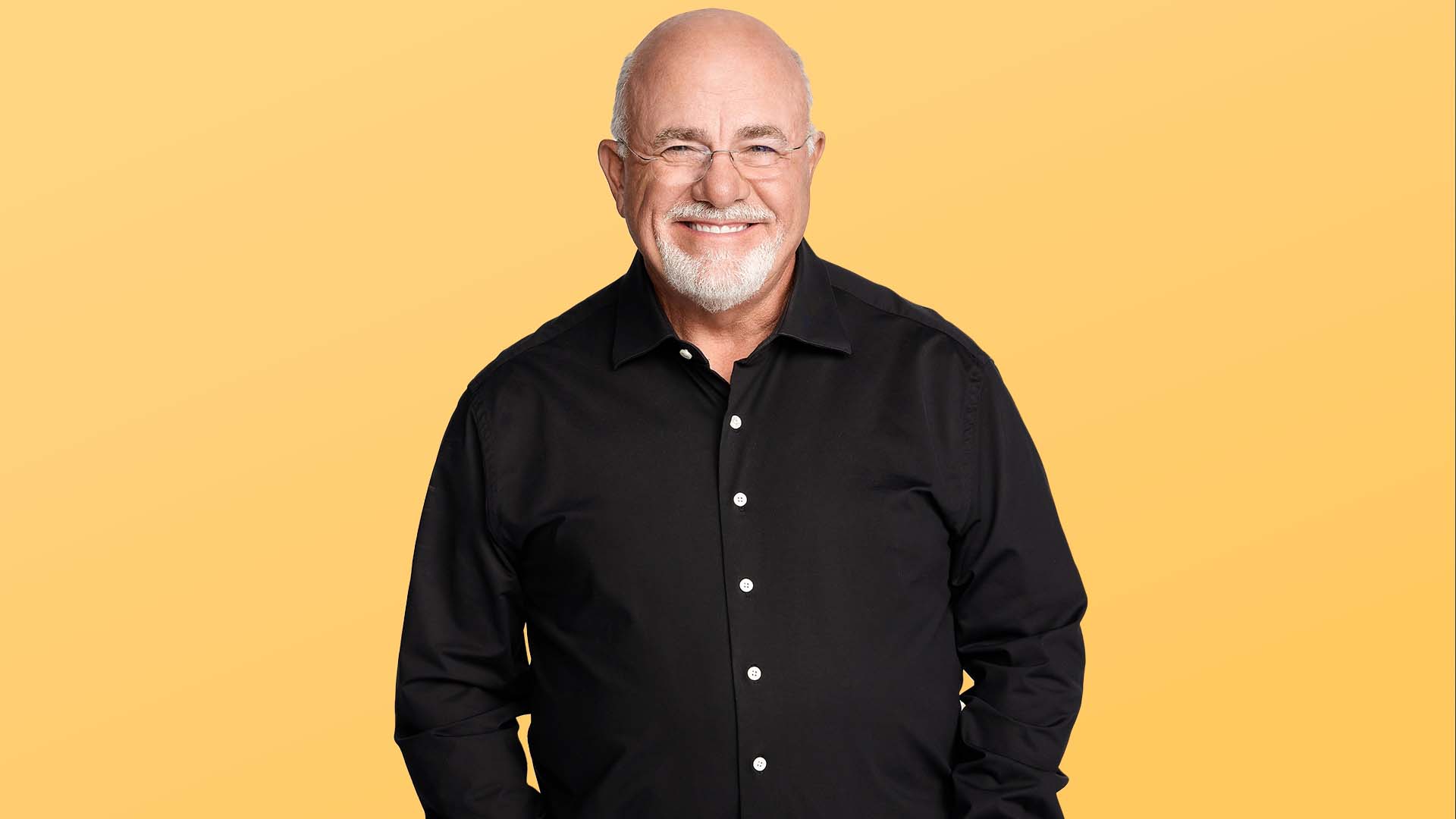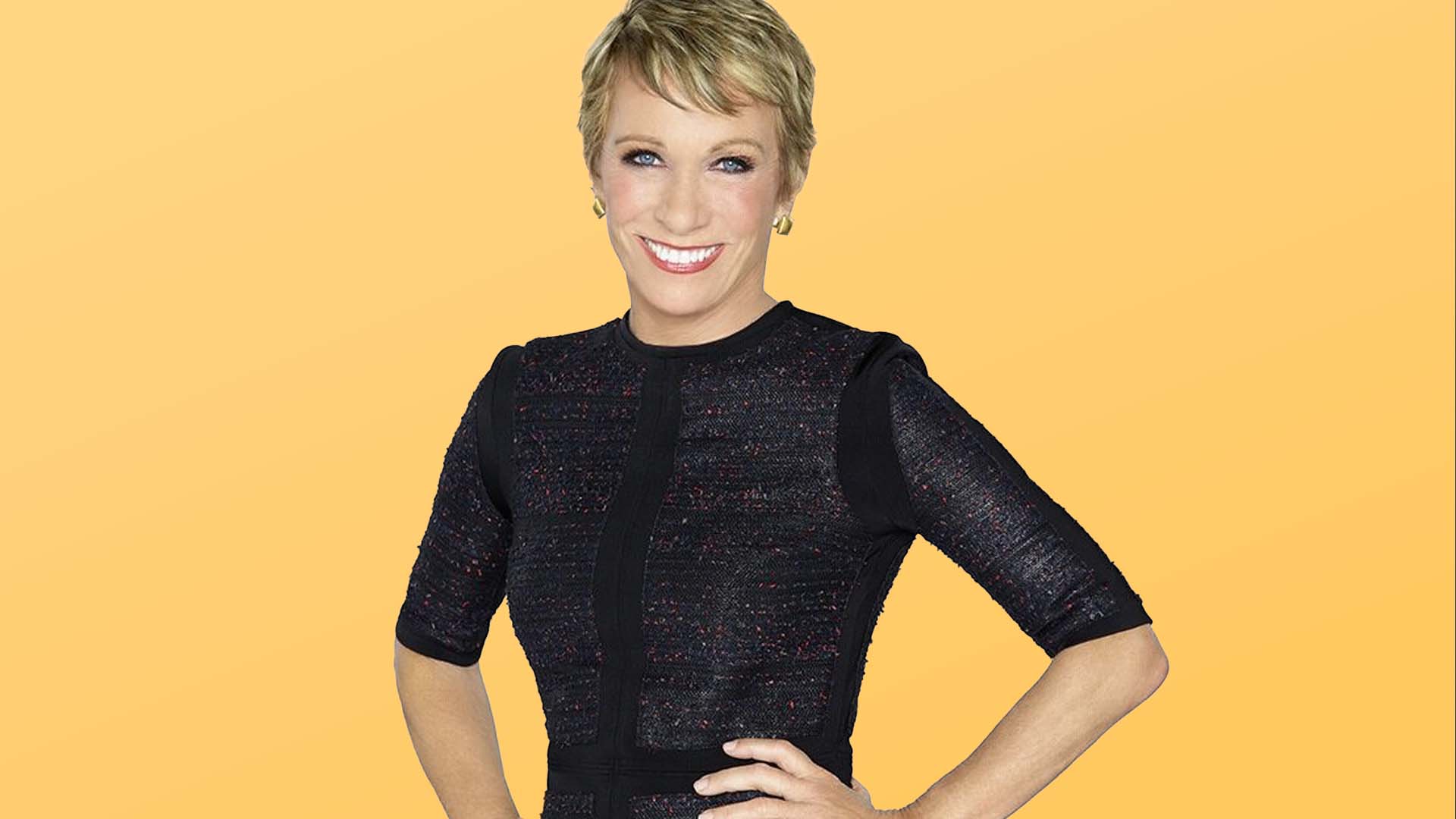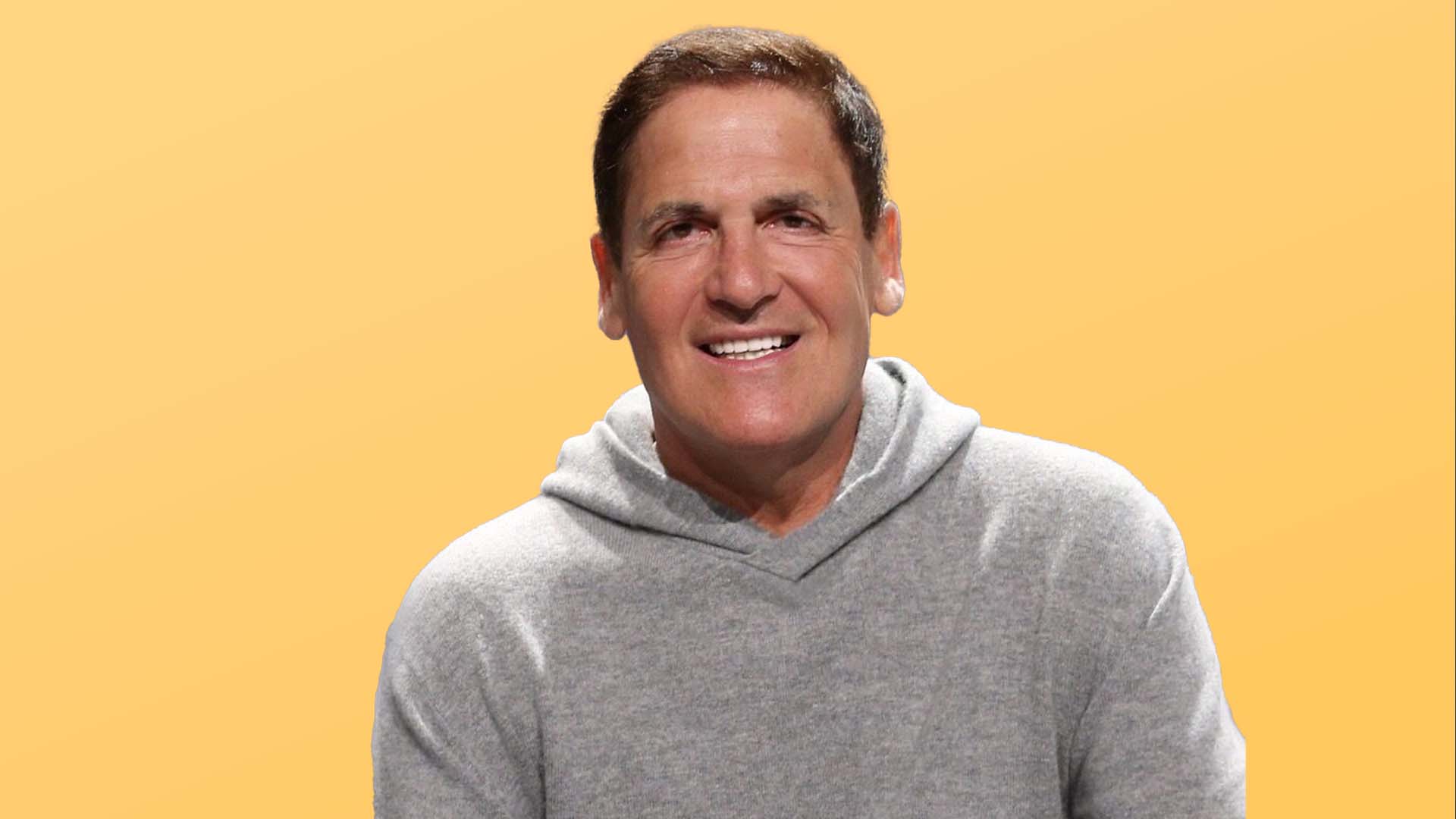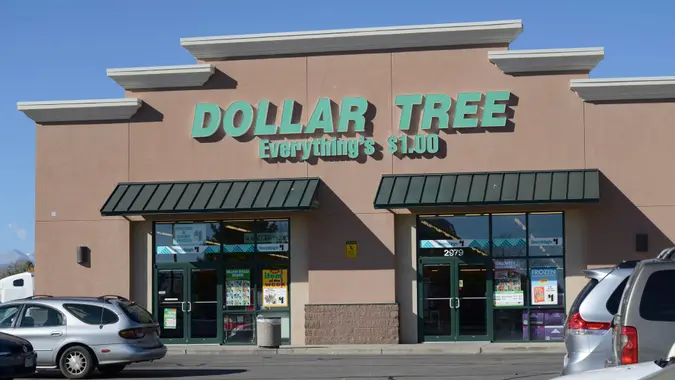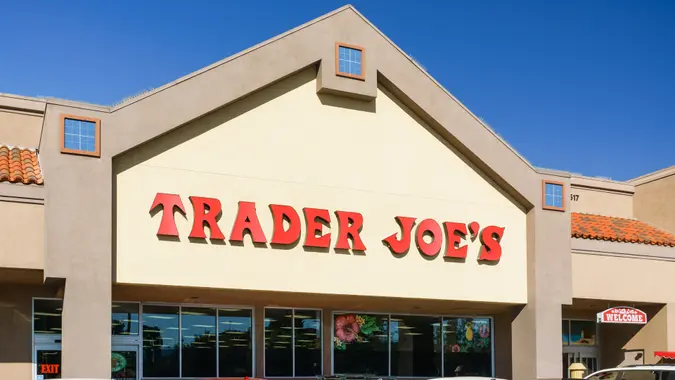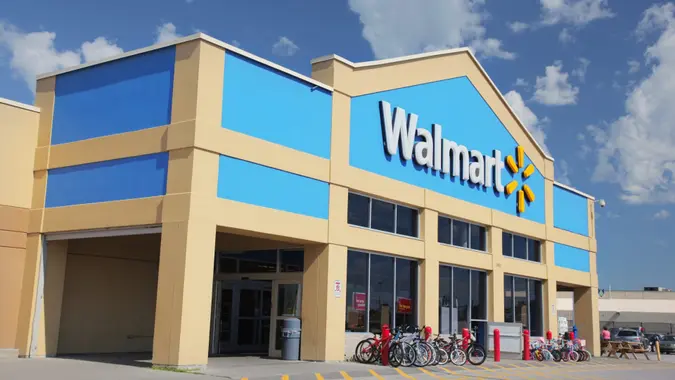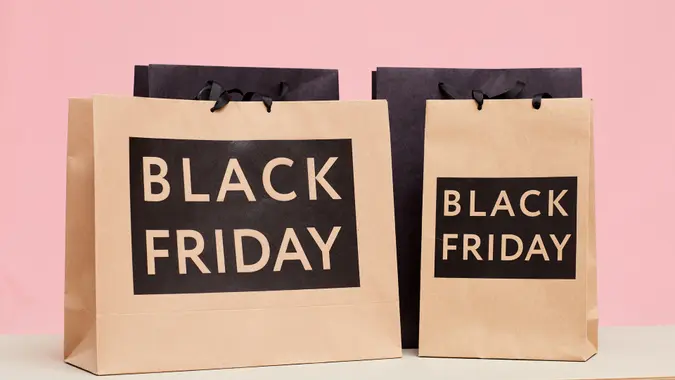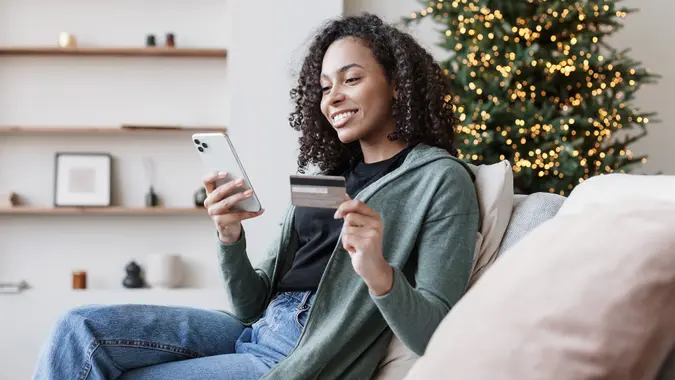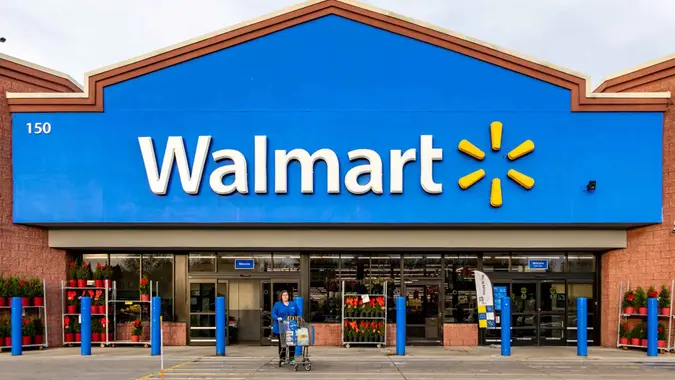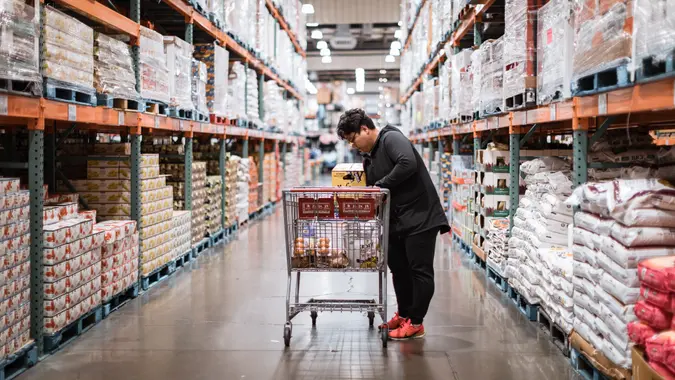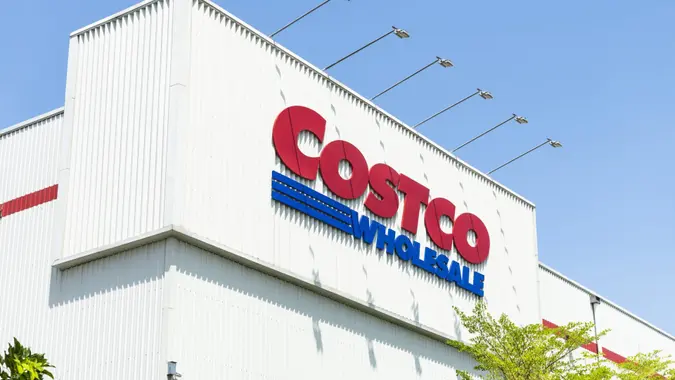Here’s What Happens When You Stop Shopping for 30 Days, According to Tori Dunlap

Commitment to Our Readers
GOBankingRates' editorial team is committed to bringing you unbiased reviews and information. We use data-driven methodologies to evaluate financial products and services - our reviews and ratings are not influenced by advertisers. You can read more about our editorial guidelines and our products and services review methodology.

20 Years
Helping You Live Richer

Reviewed
by Experts

Trusted by
Millions of Readers
How many times have you heard the phrase “shop ’til you drop”? Probably a lot. It’s not just poetry for marketers — it also reflects how people use shopping to soothe stress or keep up with the Joneses. Shopping has become a national pastime, and too many people have the debt to prove it. It’s no wonder the 30-day no-buy challenge has gone viral.
The challenge is exactly what it sounds like: For 30 days, you forgo spending on anything except necessities, while tracking your progress with a journal, app or spreadsheet. With a clearer view of where you’re spending and saving, you can change your habits and direct more money to your financial goals. Unsurprisingly, financial experts like Tori Dunlap, who are all about empowering smart money choices, are embracing the challenge.
Dunlap, the entrepreneur behind Her First $100K, spoke with GOBankingRates as part of our Top 100 Money Experts series about why this trend is so popular and what it can do for your wallet.
You Opt Out of Hustle Culture
For Dunlap, the chief appeal of no-buy challenges is that they give consumers — especially young people and women — a way to express their exhaustion with capitalism and being seen as demographics to be marketed to.
“Younger generations are deeply aware of how financial systems are stacked against us, and a no-buy challenge feels like a tiny way to opt out,” she said.
The constant push to buy more requires people to keep grinding, contributing to a hustle culture that leaves many of us feeling depleted. Point-blank, many people want out. Or, as Dunlap puts it, “We’re not trying to grind harder — we’re trying to spend smarter.”
She says overall consumer fatigue helps participants see no-buy challenges not as exercises in restriction but as exercises in empowerment.
“And let’s be real — it’s not just about spending less. It’s about getting intentional. Reclaiming control. Spending on purpose, not out of impulse,” she said. “In our Her First $100K community, we see it as financial self-care — not restriction.”
You Gain Greater Awareness of Your Habits
As you start a no-buy challenge, Dunlap anticipates that you’ll become more aware of where you’re overspending and why you’re vulnerable to temptation — a major part of changing your habits. That said, she urges people not to judge themselves if they don’t like what they find.
“First shift: this is about awareness, not punishment. You’re not ‘bad’ for spending — you’re just noticing where your money’s going,” she said. “You’re not depriving yourself — you’re pausing to ask: ‘Does this align with my goals?'”
Remember, every supposed ‘slip-up’ isn’t a failure. It’s data that will help you reflect and move on. The goal of this challenge is knowledge, not misery.
Dunlap also reminds people that they can set the terms to make the challenge work for their life. If you want a major overhaul, you can limit yourself to spending on essentials only. Or if you’re curious how certain items, like takeout or beauty purchases, are eating into your budget, you can cut only those categories.
Knowledge Can Become Lifelong Change
No-buy challenges aren’t a sole pathway to financial independence. Dunlap cautions that “you can’t cut your way to wealth” — but it can be a powerful first step. Armed with new knowledge about your spending, you can make lasting changes to your behavior.
“A no-buy month shows you: ‘Hey, I actually didn’t need all those $20 impulse buys to feel good.’ That awareness sticks,” she said. “But it’s not the whole strategy … You also need to earn more, invest smartly and set long-term goals.”
She adds that most people get stuck at this point in their journey. It’s one thing to save $300 during a no-buy month; it’s another to know what to do with it. Learning more about how to pay down debt, save strategically and invest wisely is important.
“It’s a great starting point, but the goal is long-term freedom, not just short-term restriction,” she said.
Bottom Line
Participating in a no-buy challenge can give you self-knowledge about your spending and empower you to make lasting changes to grow your wealth over the long term.
This article is part of GOBankingRates’ Top 100 Money Experts series, where we spotlight expert answers to the biggest financial questions Americans are asking. Have a question of your own? Share it on our hub — and you’ll be entered for a chance to win $500.
More From GoBankingRates
 Written by
Written by  Edited by
Edited by 




